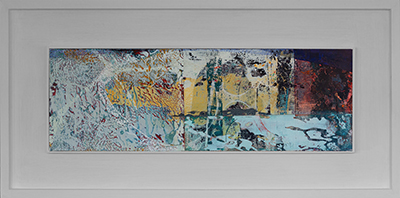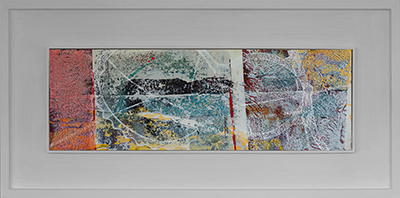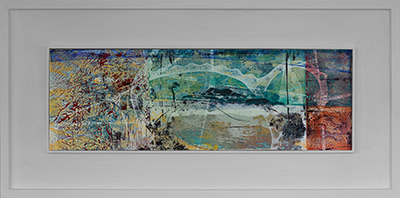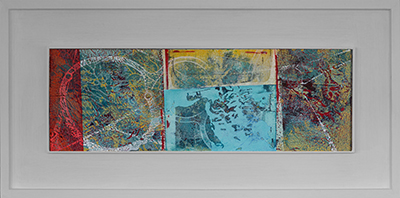In the summer we have a soft benign marine landscape in the coves and inlets between the headlands and islands, yet only metres away beyond the point the sea churns, waves crashing on the cliffs, then sucking pebbles through the almost spherical rocks in the gulleys, hissing and crackling. In our cove these sounds are just a murmur, almost a memory. But in winter the full force of the Channel makes itself felt, almost another world.
Standing in the shallows looking out to sea, the ocean speaks its endless soliloquy, wavelets racing through the sand and shingle, then receding with a long hiss. We gaze out towards distant headlands and islets. Which route today? Where is the tide? the longshore drift?
The water’s surface is an oily membrane | interface | gasket, - between two worlds. The paddles gently pierce the surface, in the froth the two fluids are momentarily as one, then the membrane is healed again as the kayak moves across the water. The hull held in suspension, burnishing the surface. So we proceed, floating in the space between the two fluids, air and water, trying to read the sea ahead. What lies beneath?
Lying between the rocks, the weed could be considered lifeless, limp, and passive. But with each successive tide it's true nature is revealed, the sacs of air in this 'popweed' lift the mass through the depths of salt water, swirling with the currents. Paddling a kayak through these reaches is a unique experience, and later when taking a dip in the evening one can actually enjoy the sensation of the weeds slipping across the skin. We know this place. Childhood fears of the unknown long forgotten.
The sea breathes - the tide its pulse.
Kayak
Oils on board | 61cm x 20cm | 81cm x 40cm framed
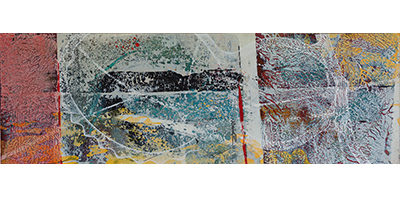
Kayak #01 | oil on board
Distant shores - the archipeligo
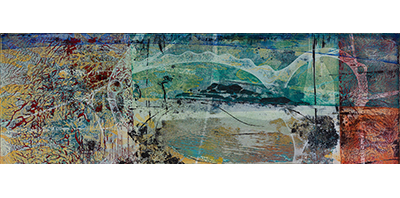
Kayak #02 | oil on board
Inspired by the Breton coast
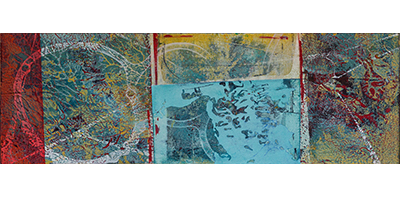
Kayak #03 | oil on board
The tide ebbs and flows
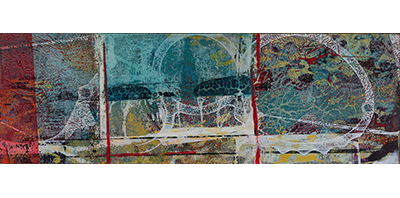
Kayak #4 | oil on board
Between the headland and the islets
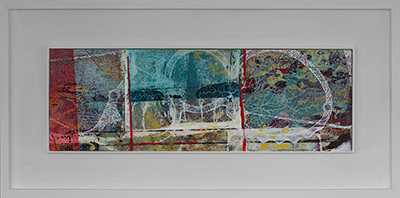
Kayak #04 | framed
In wooden frame | Porthminster Gallery
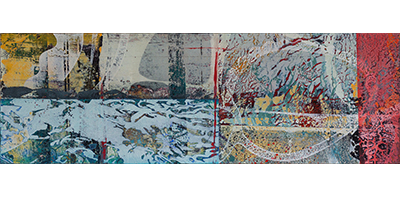
Kayak #5 | oil on board
The ocean speaks
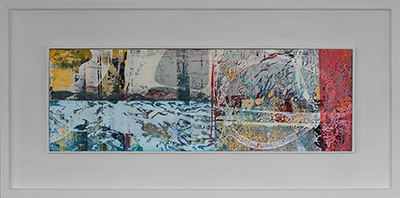
Kayak #05 | framed
In wooden frame | Porthminster Gallery
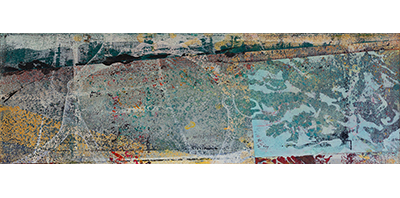
Kayak #6 | oil on board
Wavelets racing through the shingle
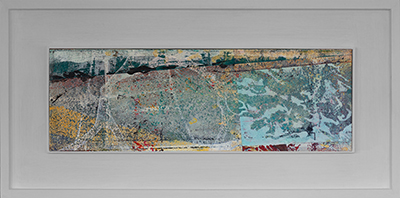
Kayak #06 | framed
In wooden frame | Porthminster Gallery
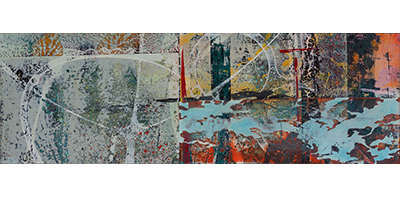
Kayak #7 | oil on board
Which route? Where is the tide?
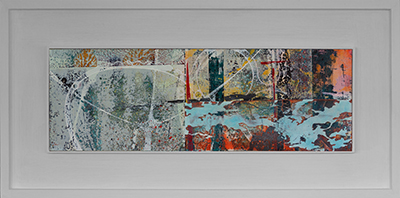
Kayak #07 | framed
In wooden frame | Porthminster Gallery
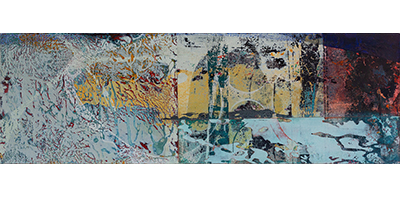
Kayak #8 | oil on board
Held in suspension
